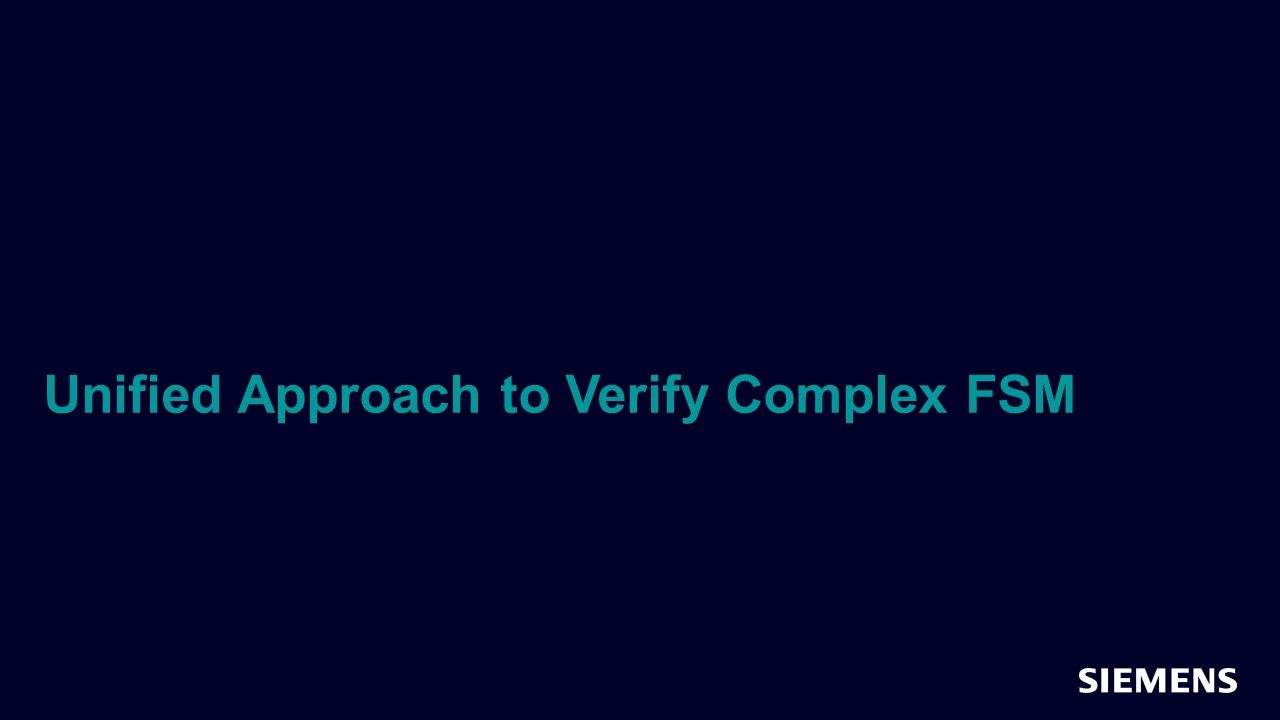Unified Approach to Verify Complex FSM
The purpose of this article is to share a strategy on how to verify any simple or complex FSM in an organized, robust, manageable, and efficient way. To verify such FSMs thoroughly we need random scenarios that cover all the possible state transition conditions, corner and boundary conditions, and relevant functional behavior. For that, we require a strong base entity that helps to generate random scenarios to cover all FSM entry-exit conditions and erroneous scenarios easily.

Full-access members only
Register your account to view Unified Approach to Verify Complex FSM
Full-access members gain access to our free tools and training, including our full library of articles, recorded sessions, seminars, papers, learning tracks, in-depth verification cookbooks, and more.